In this issue:
The Managing Members will consider accepting a $1 million grant from the U.S. Environmental Protection Agency at their Tuesday meeting. The grant, offered through the Diesel Emission Reduction Act (DERA), would help fund the shore power infrastructure at Husky Terminal in our South Harbor. The Managing Members will also discuss the installation of shore power infrastructure at marine terminals across our facilities in both harbors.
In addition, they will consider The Northwest Seaport Alliance’s new rail cargo incentive program to retain and grow international cargo volumes through the gateway. View the full agenda.
The meeting begins at 11:30 a.m. in Room 104 of the Fabulich Center, 3600 Port of Tacoma Rd. in Tacoma. Meetings are streamed live from the alliance’s website.
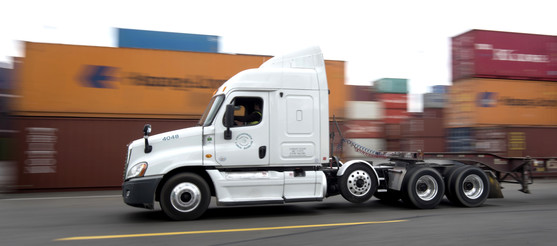 The Northwest Seaport Alliance is proud to receive the American Association of Port Authorities’ 2019 Environmental Improvement Award for our Clean Truck Program.
Targeted to reduce air pollution in the Puget Sound region, the innovative program earned the Award of Distinction in the comprehensive environmental management category for successfully implementing a voluntary clean trucks initiative.
As of Jan. 1, 2019, the Clean Truck Program requires all trucks serving the NWSA international container terminals to have a 2007 or newer engine or certified equivalent emissions control system. With newer engines emitting 90% less diesel particulate matter (DPM), the program has reduced the pollutant load on our neighboring communities by 33.4 tons of DPM per year. The reduction of diesel emissions helps decrease the risk of asthma, cancer and heart disease.
The NWSA Clean Truck Program was one of the initiatives developed through the groundbreaking Northwest Ports Clean Air Strategy. In 2008, the ports of Seattle, Tacoma and Vancouver, British Columbia, collectively set a goal to implement clean truck standards by January 2018.
Acknowledging only 53% of trucks were compliant for the original Jan. 1, 2018 deadline, the NWSA Managing Members voted to extend the deadline through December 2018 to give drivers more time to prepare. Throughout the year, the NWSA partnered with lawmakers and various agencies like the Puget Sound Clean Air Agency, U.S. Environmental Protection Agency, Washington State Department of Ecology, African Chamber of Commerce of the Pacific Northwest, City of Seattle, and Washington Trucking Association to offer financial and training resources.
Since 1973, AAPA’s Environmental Improvement Awards has recognized activities that benefit the environment at its ports in four categories: environmental enhancement, mitigation, stakeholder awareness, education and involvement and comprehensive environmental management.
The awards competition evaluated the ports using six criteria: environmental benefits, port involvement, creativity, results, cost effectiveness and concept transferability.
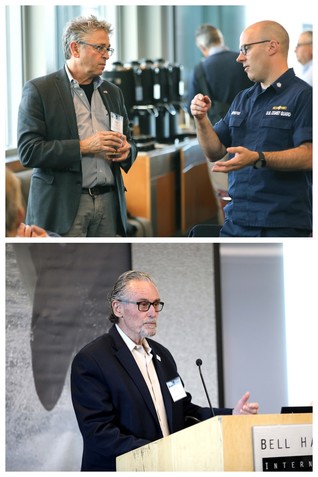
The Northwest Seaport Alliance, Port of Seattle, Port of Tacoma, Washington State Ferries, National Oceanic and Atmospheric Administration and the Puget Sound Partnership co-convened a workshop of a broad range of experts and interests to identify ways to reduce underwater noise in effort to support recovery of the endangered population of Southern Resident killer whales. Underwater noise can be harmful to Southern Resident orcas because it impedes their ability to use sonar to hunt prey and communicate.
The workshop was held at the Bell Harbor Conference Center Oct. 3 and was attended by state, federal, tribal and Canadian government representatives, researchers, natural resource agencies, whale conservation groups and representatives of the maritime industry. The goal of the workshop was to explore the possibility of establishing a program to reduce the exposure of our endangered orca to ship noise such as ECHO established by the Port of Vancouver, British Columbia. Read more about the workshop.
|
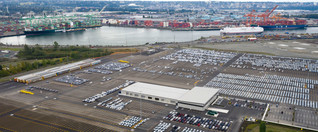
The Northwest Seaport Alliance’s total container volumes from January through September 2019 reached 2,909,606 twenty-foot equivalent units (TEUs), a 4.1% increase from the same period last year. Import and export year-to-date volumes grew 1% and 6.9%, respectively.
In September, the NWSA moved a total of 347,278 TEUs, a 7.1% decrease from September 2018. International imports were down 13.8%, while exports were down 3.6% for the month. Importers continue to work down excess inventory from front-loading of shipments in advance of tariffs that were implemented earlier this year.
Domestic container volumes in September increased 1.6% over September 2018. Alaska’s and Hawaii’s year-to-date volumes were up 5.7% and 2.4%, respectively.
Other cargo highlights:
- Breakbulk cargo volumes were up 4.6% year to date to 200,503 metric tons.
- NWSA auto volumes year to date were 118,848 units, up 18.1%.
View the September 2019 cargo reports:
|
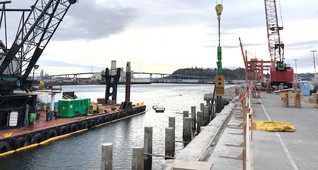
Crews extracted concrete piles at the Port of Seattle's Terminal 5 in October as part of the demolition of the old pier structure. Once demolition is completed, crews will replace the pier with a new, stronger infrastructure, engineered to support larger container cranes.
Waterproofing was also installed in the foundation of a new electrical substation for the Terminal 5 project. The new substation will deliver more electricity to provide shore power capability at the terminal, power the container cranes, and offer future capacity for hybrid or electrical cargo-handling equipment. Learn more about the project.
|
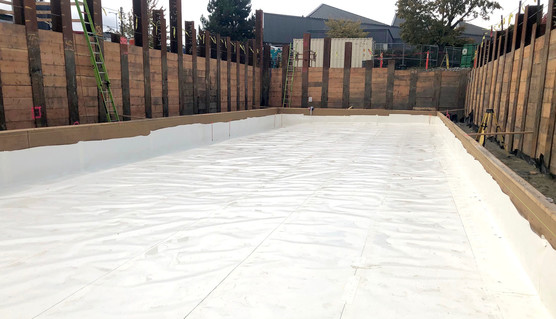

Washington Gov. Jay Inslee joined the Washington State Department of Transportation and 80 lawmakers, stakeholders and industry leaders from around the region Oct. 1 to celebrate the kickoff of the $2 billion Puget Sound Gateway Program, which includes the completion of SR 167 in Pierce County and SR 509 in King County. These projects complete the critical freight links between our marine terminals to industrial lands and support regional economic growth. With the ports of Seattle and Tacoma each investing $30 million, this program also provides a new connection between I-5 and Seattle-Tacoma International Airport to improve mobility for passengers and air cargo.
“This project is first and foremost about jobs,” said Congressman Denny Heck. “It’s not just the construction workers who will help build these roadways, but it’s about laying the groundwork and the foundation for continued economic prosperity in our region so that we do not get left behind by ports of Oakland and Long Beach.”
“This took a real partnership between two counties,” said Port of Seattle Commissioner Peter Steinbrueck. “This project is an incredible collaboration that brings multiple benefits—not just congestion relief but to improve freight mobility and to support the critical jobs in our region.”
With the Washington State Legislature’s action, the completion of both projects was accelerated by three years: The first phase is scheduled to be completed in 2026 and the second stage in 2028.
Learn more about the project.
|

The latest issue of NWSA's Pacific Gateway spotlights our Terminal 5 modernization project in our North Harbor. Investing half a billion dollars in public and private funding, the upgrades at the 185-acre facility in Seattle will make room for the world’s largest container vessels.
The magazine also features our customer-focused approach for peak season planning and highlights Prologis and TOTE Maritime Alaska — the inaugural winners of the North Star Awards.
Read the Fall 2019 issue of the Pacific Gateway.
|
|